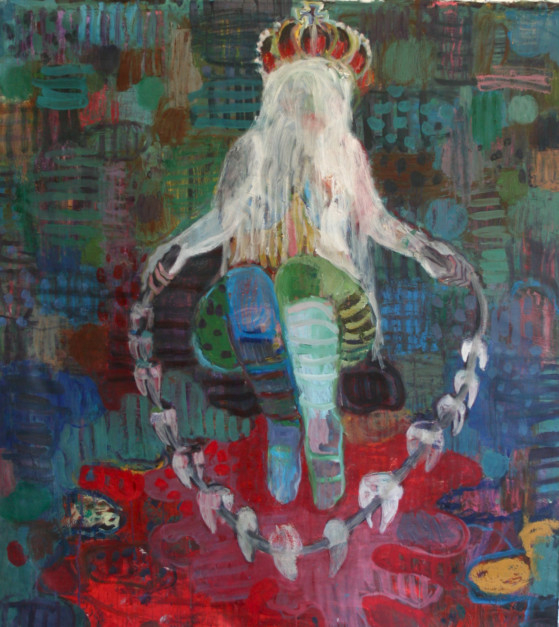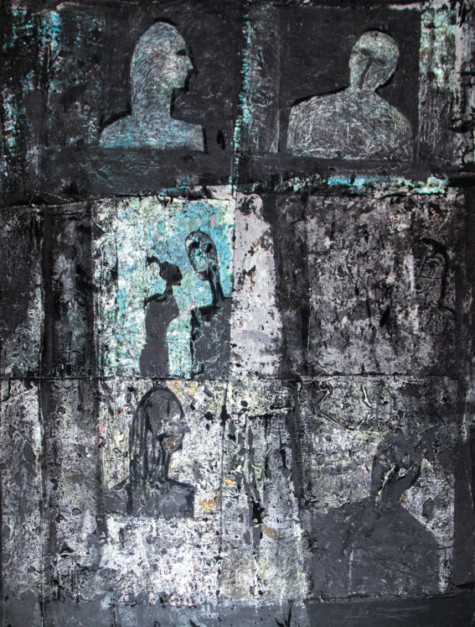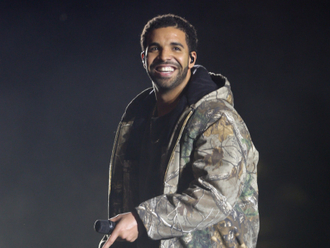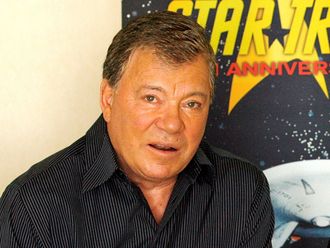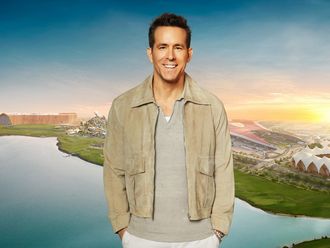
Tayseer Barakat was born in Jabalia refugee camp and is now based in Ramallah. The Palestinian artist’s work reflects his experiences of displacement and war. Misheck Masamvu is from Harare, Zimbabwe, and his work deals with contemporary psycho-social and political realities of Africa. Ismail Al Rifai was born in Syria but has been living in the UAE for over a decade. His paintings express his anguish at what is happening in his country and the region.
The three artists have been brought together by curator Mohammad Abou Elnaga for a joint exhibition titled, “Triangle”, which is the third show in the “Crossings” series designed to connect contemporary artists from Africa and the Arab world.
The show highlights the fact that despite their different nationalities, cultural backgrounds and experiences, the three artists have similar concerns and dreams, and their work has universal resonance.
Barakat’s textured mixed media paintings, filled with dark figures and a sense of turmoil, express the artist’s strong emotions about a life of permanent displacement and uncertainty. But they also speak about hope for a better future and the triumph of the human spirit. Some of the paintings depict the destruction and devastation of the recent war in Gaza. But in other works such as “Celebration” and “Journey”, the artist has captured the Palestinian people’s strong spirit and will to survive.
“These paintings are inspired by what I saw in Gaza. Although their homes were destroyed and they had lost everything, people were sitting on sofas atop the rubble and smoking shisha. That defiant gesture was like a challenge to the world that despite all the suffering, they will survive and continue to be full of hope,” Barakat says.
In other works the artist delves into memories, seeking hope for the future. In “Family Portraits” he tells the stories of four women from different areas and cultures. And in “Distant Voices” and “Conversations at Night” he examines the relationship between men and women in the past and in contemporary times, rekindling memories of the harmonious coexistence of people of different religions and cultures in his ancient land.
“I am Palestinian, but I am also a citizen of the world. My work is not only about Palestine, it is universal. The images in my paintings represent a journey through world history, capturing significant moments. Through my art, which is inspired by my unique and ancient culture and heritage, I want to communicate with the world and talk about Palestine and about every human being,” Barakat says.
Al Rifai’s “Faces” series, begun in 2011, expresses his feelings about the conflict in Syria, as well as conflicts around the world. The melancholy faces on his monochromatic canvases are like silent witnesses to the turmoil of our times. But they also speak about his belief in humanity. In his latest paintings in this series, displayed in this show, the intense faces are darker, and their vacant gaze suggests that rather than observing what is happening around them, they are looking inwards.
“My palette has become monochromatic because the world around me is dark and devoid of colour. The faces in my paintings reflect how deeply we have been affected by what is happening around us. In these new paintings, I want to focus on our inner struggle and inner world, because I have realised that if you want to change anything, it has to start from within. Each of these faces is looking inside to see how to bring change in this world by changing their inner life,” Al Rifai says.
Unlike Barakat and Al Rifai’s monochromatic works, Masamvu’s paintings are colourful, vibrant and expressionist in style. But he also deals with themes of destruction, injustice and turmoil, and expresses hope for a better future.
A scream is a visible and recurring motif in his paintings, which also feature the imagery of crocodiles and tooth extractions as symbols of insincere, painful power structures. In a painting titled “Cause of Death”, Masamvu expresses the view that if everybody thought about how they might die, it would make them realise the fragility of our existence and perhaps make people more compassionate, and able to find ways of harmonious coexistence.
In “Waking Up”, he sounds a note of caution to people who have achieved success not to stagnate, and to ensure that the fruits of their hard work will continue to generate new growth opportunities for others.
“I am interested in exploring how we can go beyond the life we are living today and get into a spiritual space that can be helpful in the transition from the present state to the future. I want to extract something good from the destruction that can help in a new birth. I want to look at how people handled the challenges they faced, and use those stories of survival as tools for the next generation. The element of death in all my paintings refers to the dead history from where I hope to bring out iconic images that can help future generations,” Masamvu says.
“Being part of this cross-cultural exhibition has made me realise that my experiences are similar to that of the artists from other countries, and we have the same vision for a better life. A show such as this makes us see that the problems we face are global and we all need to get together to search for universal solutions,” he adds.
Jyoti Kalsi is an arts enthusiast based in Dubai.
“Triangle” will run at Mojo Gallery, Al Quoz until February 28.



